I meet Baud Postma at his studio in South London under the railway arches. We talk about authenticity and constructing images in the same breath. Postma’s expression lightens up when discussing the technical side of photography but he speaks with equal consideration for his sitters. His technical ability is admirable and it accomplishes poetic effects. However, it is the space he creates for fragility and vulnerability that echoes our will to relinquish strength. Sitters appear in thought, absent and introspect. Still life shows bruised and transient. It feels good to surrender projections and aspirations and just be.
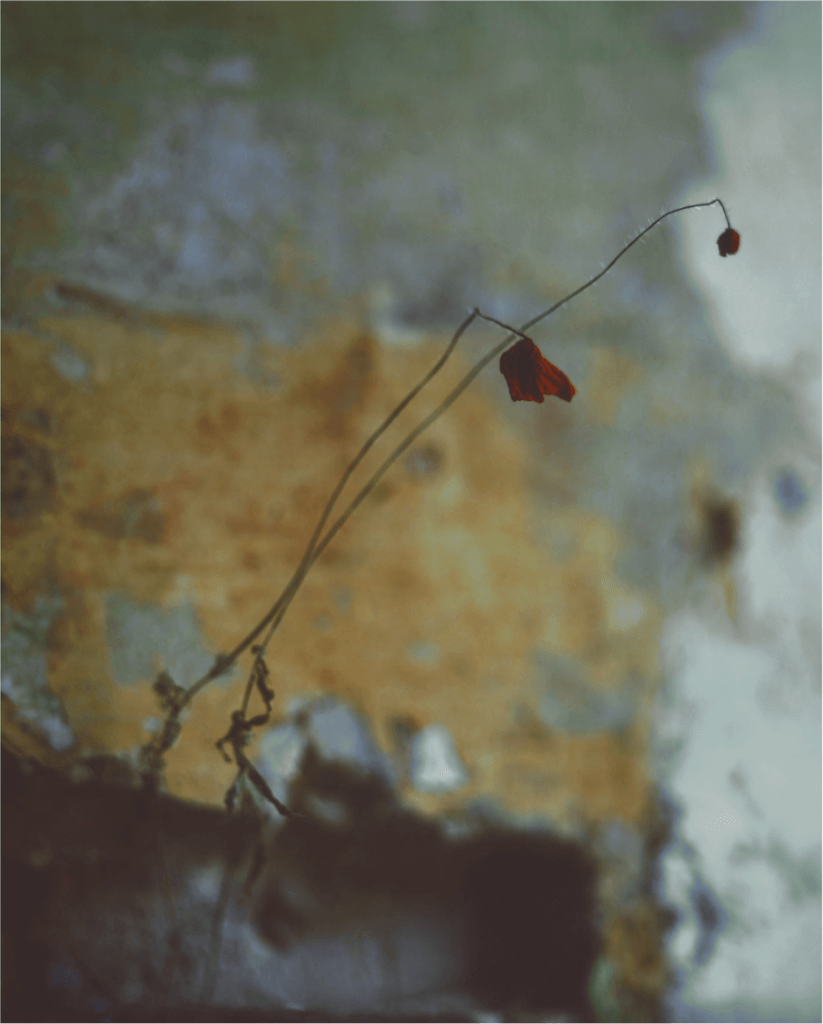
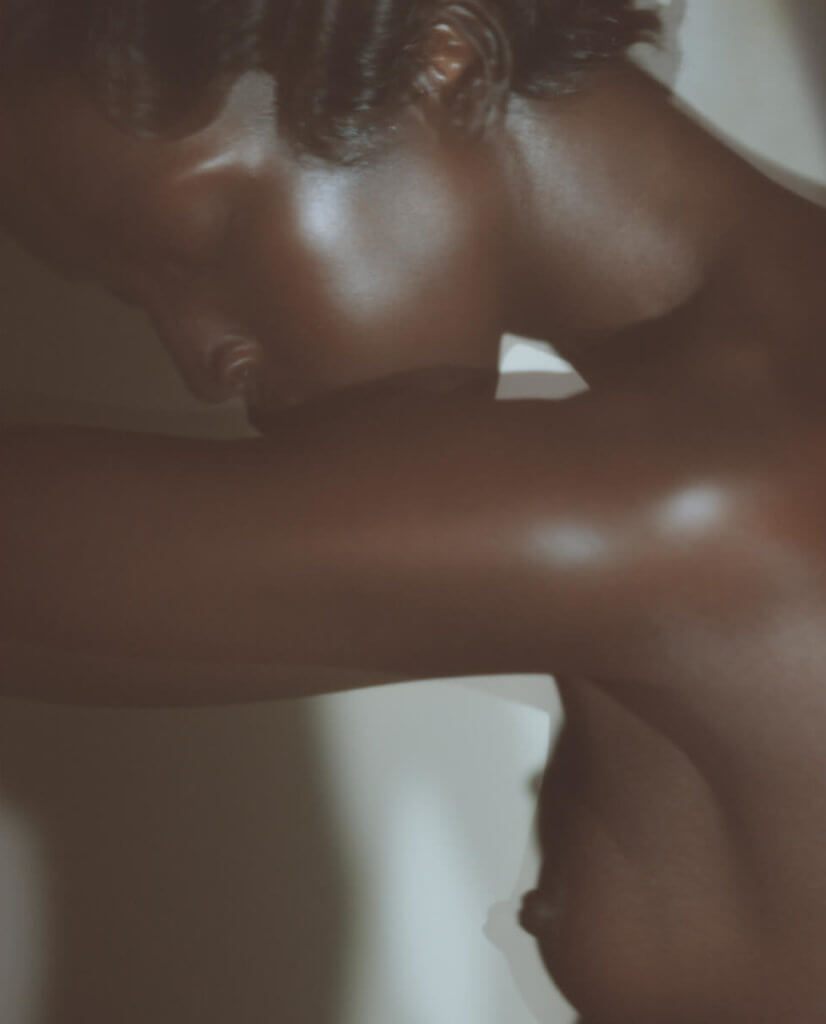
***
To acquire works by the artist, contact us. Limited edition photographs, including archival framing and UV glass, range from £300 to £1,200. You can find examples of his work installed in this exhibition.
***
You have had quite a sudden appearance in fine art photography since your work was selected for the Taylor Wessing Photographic Portrait Prize at The National Portrait Gallery last year and you won the second prize in the popular vote. How did you arrive here so quietly?
I started in photography as an assistant. I worked for international fashion photographers. I have always been fascinated by the construction of the image. My instinct is to think “How do they do that? How do they achieve that if I take the picture and I get this?”.
I decided I wanted to do photography after travelling. I had worked at a law firm. I had played cricket and was at the National Cricket Academy. I realized all that wasn’t for me. The law firm paid well but I knew within a week it wasn’t for me. I didn’t know what I wanted to do so I saved money and went travelling. I realized I spent all my time taking pictures and that is what I felt most passionate about. Also, my mom was a photographer and my dad worked in film. I had been around and exposed to it.
Then I came back to London. It was quite difficult to just go “Ok. This is what I do now.” When you have been identified by all your friends as the cricket guy, it is not easy to say, “Actually, I am doing something else now”.
Would you say it was easy to reinvent yourself for the rest, those who didn’t know you?
To admit it to yourself is what it is difficult. To reinvent yourself and to be committed to it. That is what took me to work in a studio and then with fashion photographers. I was very interested in getting the technical understanding.
Do you describe yourself as self-taught?
I didn’t have any formal education but I had a heavy education through all the photographers that I assisted. I did that for 6 years. I was really lucky and worked with some of the best photographers in the world and some not so good ones but you learn from that as well. That really helped me in terms of getting a good grounding. You can show me a picture and I can dissect it. When I have an idea, I have a good understanding of how to manifest it. How to make it real in a practical sense. I am grateful for that because I have always liked constructed images.
How did you go from assisting to your own practice? What kind of picture did you want to take?
That was hard. I have always loved large format. To shoot that, one picture with traditional film is £40 per click. Click, one image, £40. Click, one image, £40. It is very precious. That is why nobody… almost nobody uses it; because it is ridiculously expensive.
But you actually don’t use the negative film, right?
Exactly, I don’t. What I did was to work out the process. First, I started smaller. I started 5 x 4. One of the first ones I bought. The large format camera behind you is 10 x 8.
(Postma brings out what looks like unused photographic paper).
This is reversal paper. It is basically photographic paper but it inverses the image so that you get a positive out of it directly. You can put the paper straight in the camera, you shoot it and you get a black and white image. It is not very light sensitive. It has an ISO 3. ISO 100 to 400 is pretty normal so ISO 3 is… challenging. But just shooting in black and white is limiting. I wanted to shoot colour and started a journey, that I am still on, where I have to work out how to do it.
This paper is traditionally used in the dark room. You have your negative film, shine a light through it and the image appears on this piece of paper. Since the negative is red orange, the paper has a blue tinge to counteract the orange. If I use this paper to put it at the back of the camera and take a picture, it comes up blue. It is not interesting so I have to use filters.
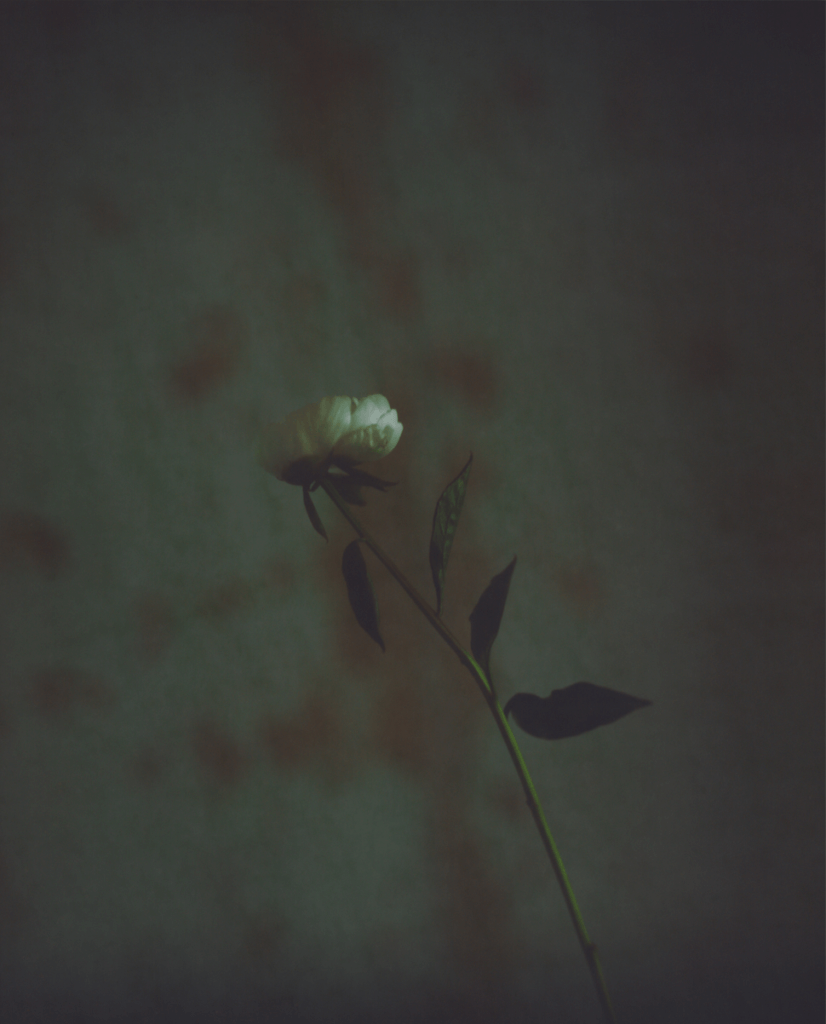
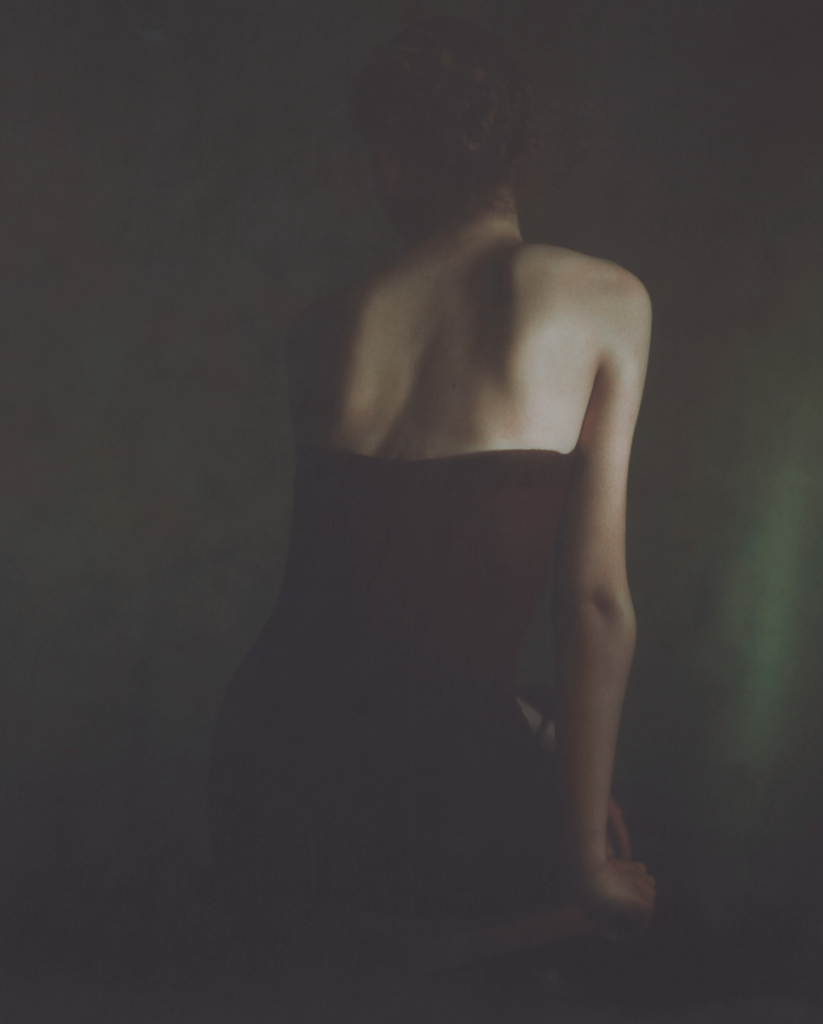
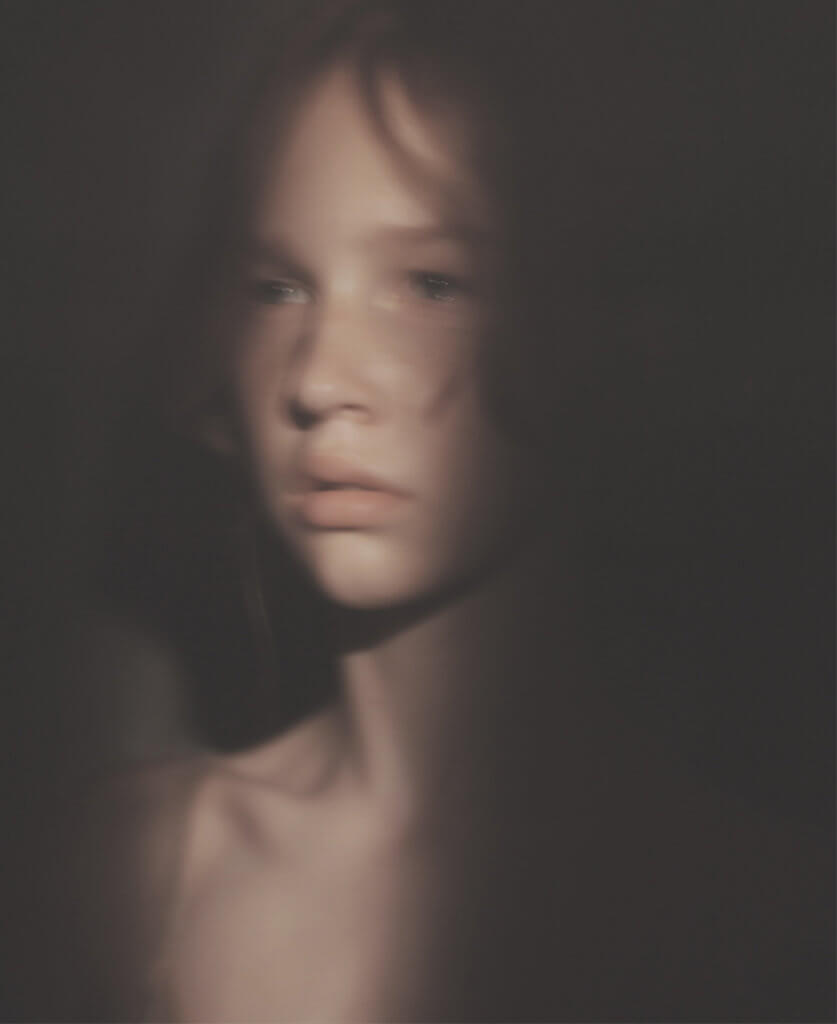
How do you achieve and control all the different tonalities?
I cannot say everything about my process but, essentially, I have a combination of filters which are specially made for me. Just that process took a long time. I have a good relationship with a studio and they gave me all their lighting gels, the ones you put in front of flash lights. They come in 1:8 increments. I started taking pictures of myself and putting different filters on until I worked out what colour combination worked. That took me a very long time. Keep in mind that film speed, exposure also affect it and I had to go to the dark room every time to see the result!
The Taylor Wessing Prize came at a very good time for me. The image I presented was from the first shoot when I felt I nailed the colour and tonality. When you look at the pre-exposure it is orange but the reverse is blue. I was tired and I was thinking “oh, I like the warm tone” and when it was done, it was blue. That is what I like about it too. It allows space for random things to happen. It is totally analog and it is quite experimental.
I am fascinated by the camera, taking center stage in the studio.
Yes, it is my favourite thing. I love the tonality. I like how it is soft and sharp and how the colours are unusual. My favourite thing is that when I take a picture I go underneath the cloth to prepare the image and then I come out. I know what it will look like but I am not looking through the camera when I actually take a picture.
I take quite long exposures. On most photoshoots, the photographer goes click click click click clickand you can do your thing. With me, you have to stay still. I feel it is more collaborative because if you are not fully engaged in what I am doing, is not going to work.

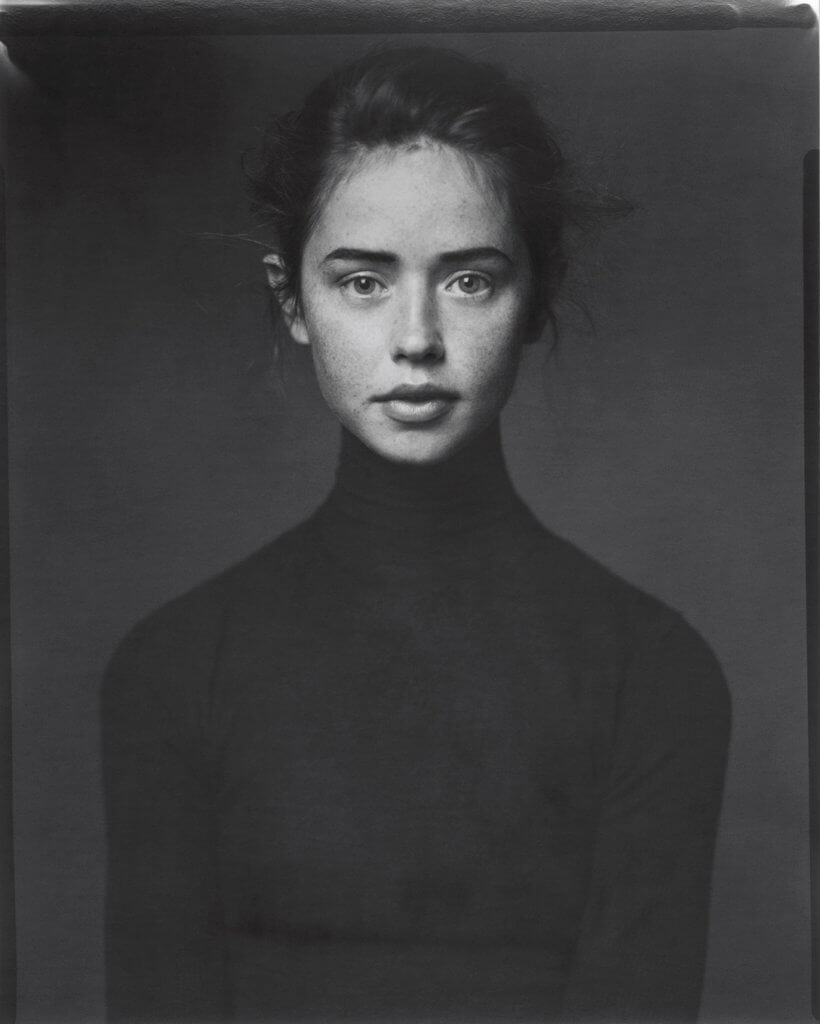
How long are your exposures?
I like long exposures. It depends. Maybe 4 seconds or 2 seconds… I like to reflect movement precisely because this camera doesn’t lend itself to movement. Here (pointing at an image on his studio) I moved the camera as I shot it. I am huge fan of Gerard Richter.
Another thing I am interested in is underexposing and then what happens is that you start seeing the paper texture. It’is the fibers of the papers because there is no grain. I am totally embracing a pictorial idea of the painterly and a soft aesthetic. Pictorialism understood as a reaction of photography made available to the masses through Kodak and easy-to-handle cameras, whilst back in the day, a photographer had to be a scientist.
How does this process you have chosen actually affects the dynamic of taking pictures?
It slows everything down. It allows more of a connection with the person I am photographing. People respond to vulnerability. I am only going to take ten pictures. I am putting myself out there and as a sitter, I don’t think I get nervous, but they know. I have references and I tell the sitter, “this is the kind of thing I am thinking about. Let’s start with you like this or like that and let’s see what happens”. It seems more collaborative to me.
I have worked with some of my favourite photographers, David Sims, Ryan McGinley… McGinley is a good example. He is an amazing photographer but the way he works is the opposite end of the spectrum from me. He shoots lots of pictures and lets the subject be. He puts the subjects at ease and then lets them be them. He is a fly on the wall and then it is about the editing. I hope that is fair. Instead, I want us to create something together.
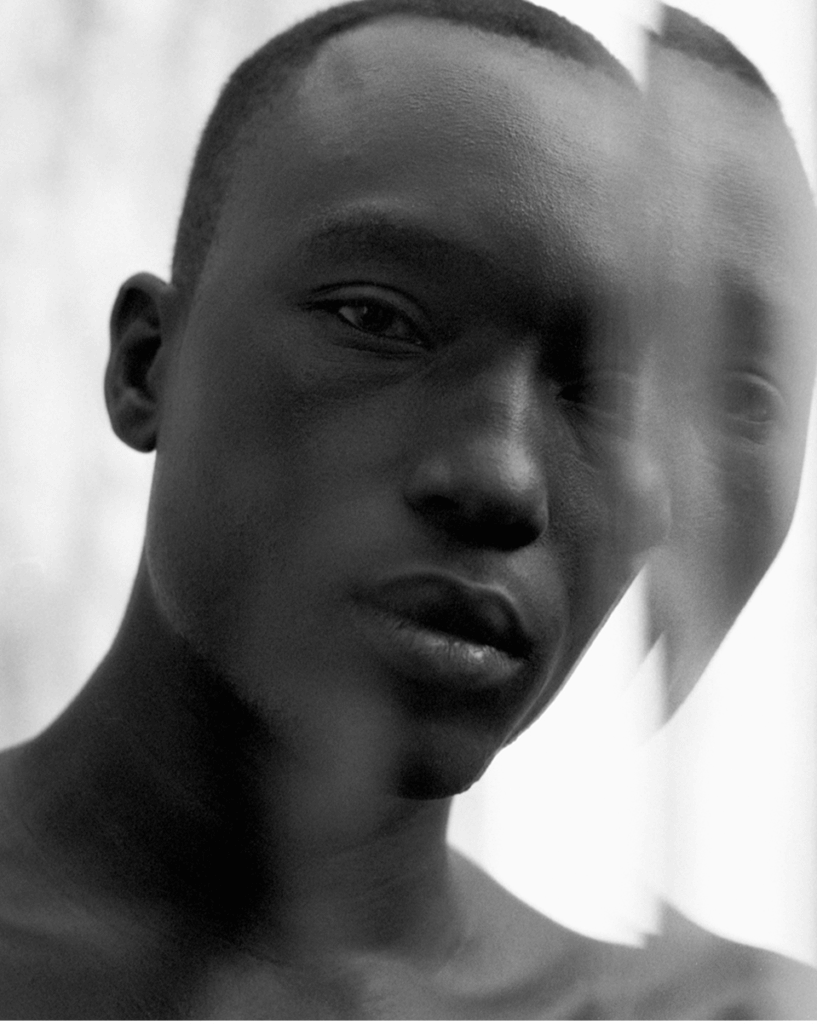

I would say your photographs have a very psychological mood, almost impenetrable. There is a lot of introspection in those subjects. I see lots of closed eyes, turned faces, backs facing the camera…
Weather that is conscious or not, I don’t know. Whilst I say I have a strong idea of where I want to get, often I start with a strong idea and then once you sit in front of me, I’ll see something else. Hopefully the portraits are a mix of what I want to get out of the picture and what whoever or whatever I am taking a picture of also brings in.
For me, ambiguity is the most interesting thing. I am a big fan of Bill Henson and he talks about darkness, composition, the choice of models. Somebody who was in the army sent me a very nice message saying that Embrace(from the series Masculine,the image exhibited at the Taylor Wessing Photographic Portrait Prize) made him think about brotherhood. It could be a moment of sorrow and sadness and then again, what I like about photography is that you could take away from it whatever you want and not be wrong.
Going back to authenticity, do you aim to portray the person?
It depends. For the exhibition I am working on to open in May, no, I am not trying to portray the person. I am trying to create a series of images that make you think about authenticity in photography. It is a mixture of pictures I took in Scotland and photographs I bought on the internet, projected onto a giant screen and then photographed and finally a series of sets I have built that look like a cabin in the woods and then photographed. It is a mixture of real and not real things.
I think we are getting past the point of artists rejecting the idea of beauty for of its close association with formal qualities. Instead, I see a pursuit for a renewed ideal of beauty.
I like things that are aesthetically pleasing. Just because something is beautiful doesn’t mean it has to be vacuous. The idea of beauty is subjective. The project I am working on at the moment is a lot about darkness and blank areas to leave space for the viewer. The viewer is always going to put their own imprint on it.
Your choice of genres also centers you within a very classic formal tradition and understanding of beauty: the nude, the still life and the portrait. It seems that you are putting yourself through the foundations and also positioning yourself within a very traditional framework.
I like people. I like talking to them and I think that portraiture is something I will always do. The still life images came about because my brother bought a house. It was totally empty and I had two weeks last August to shoot before they would do it up. I was interested in the fact that the house would never look the same again. You could see the history of the house through the layers of paint and wall paper. Photography being a means of documentation, I wanted to grasp that moment of decay and transience.
I had a very broad background when I started, working with lots of different people and different techniques but that doesn’t help you really. Almost takes you to the point where you don’t know what to do. This format in a way was limiting the kind of pictures I could take because it is heavy, slow and nothing is automated. These limitations are why I chose it. Whilst now I am at a point in which I want movement with the girl dancing and movement with the camera. I was giving myself so many limitations and now I am trying to give myself more room to do more and expand out as much as possible.
All images © Baud Postma
If you would like to discuss how IñigoArt can assist you in your art acquisitions or to understand the art market further, please do not hesitate to get in touch.
Marina Ribera Iñigo
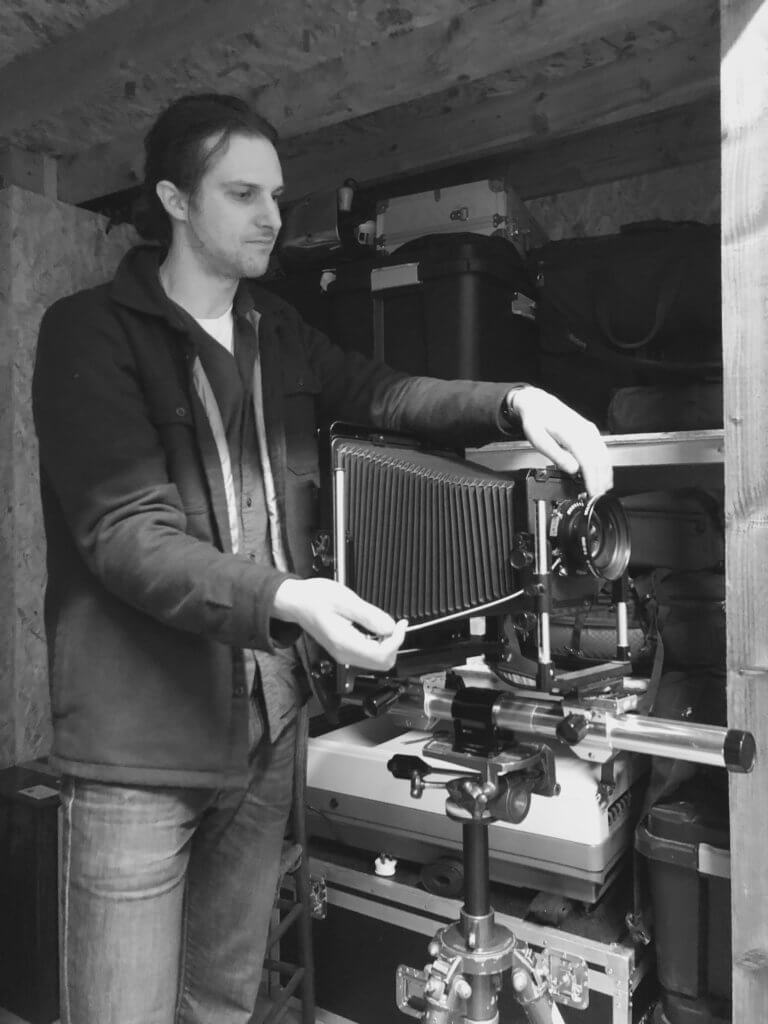

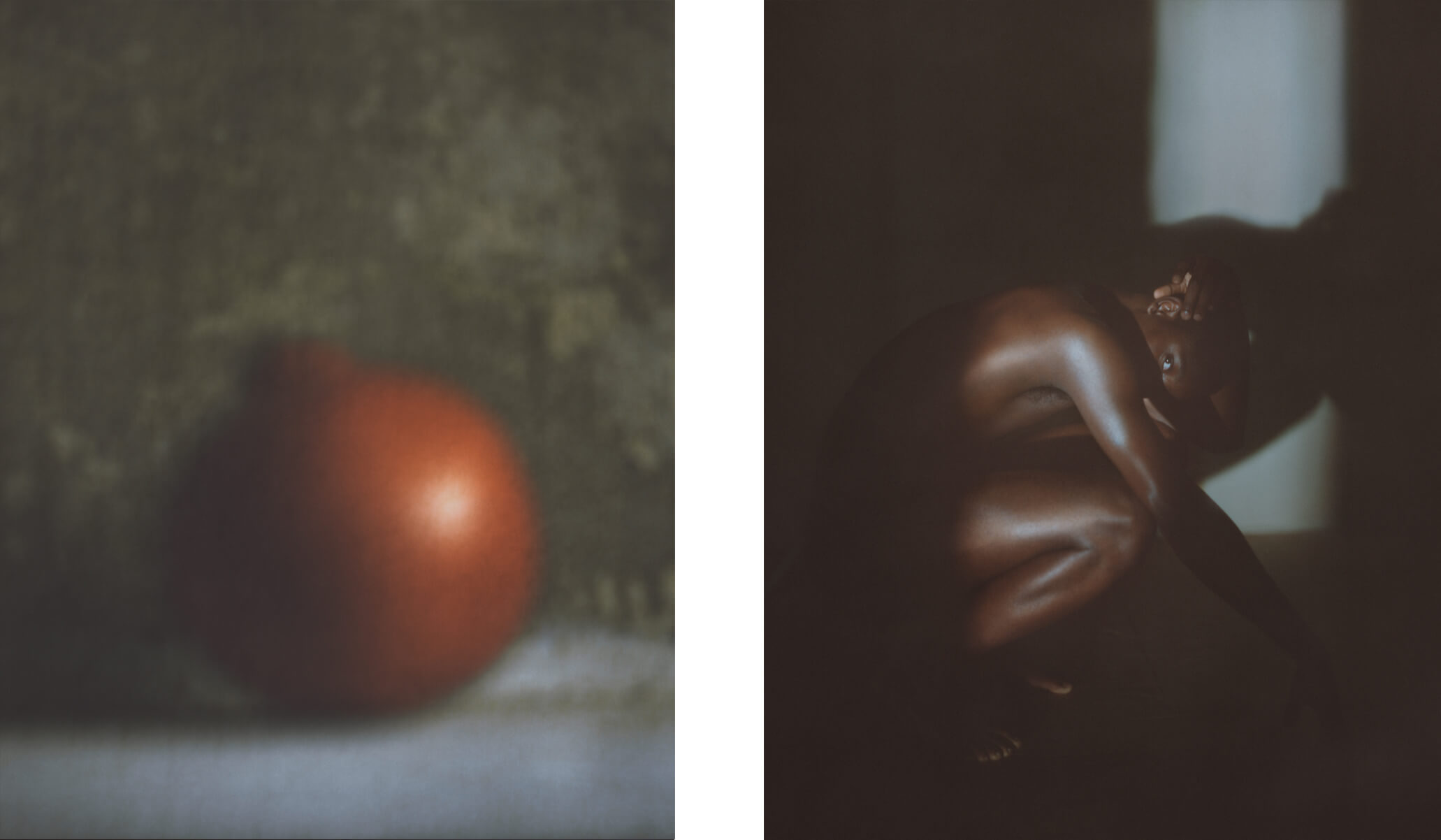

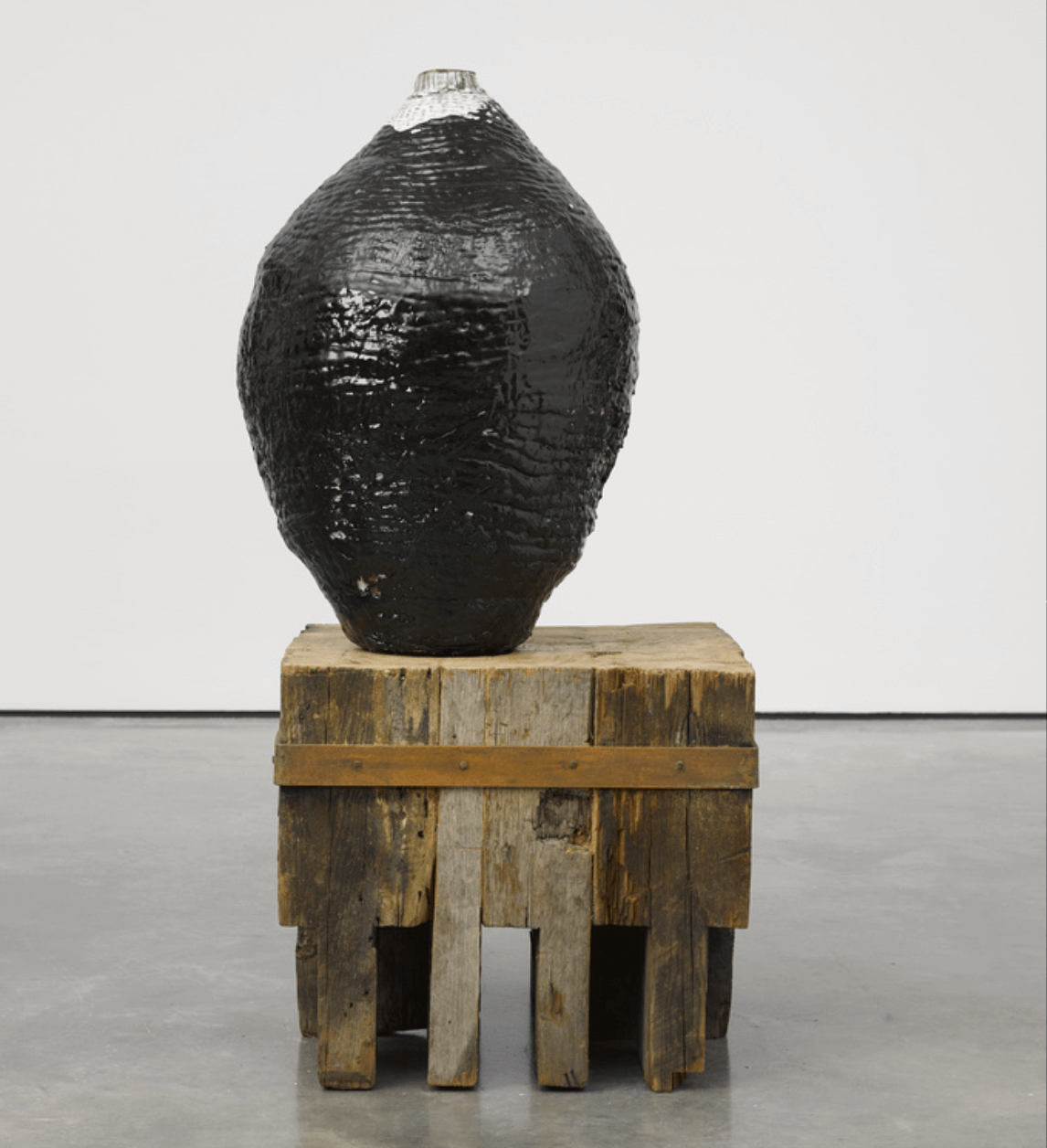

2 Comments
Beautiful photography!
Drew, I’m glad you enjoyed it.